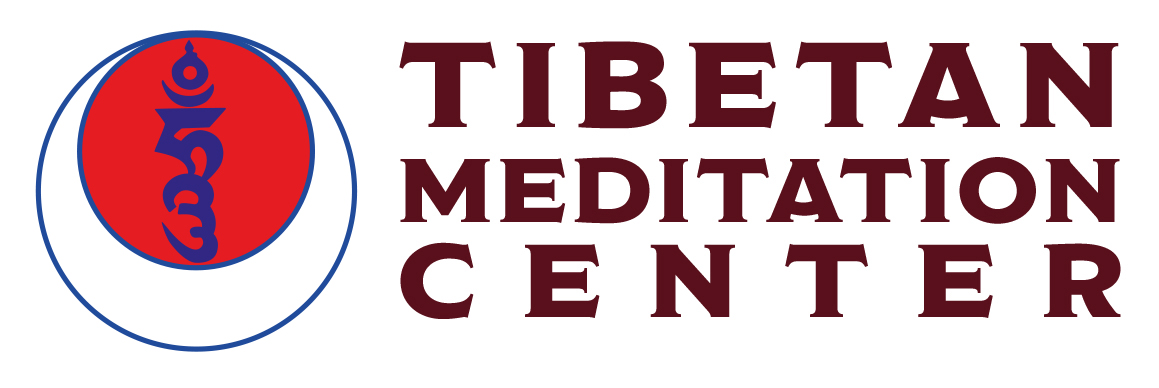Breathing Techniques for Stress Relief: Ancient Wisdom for Modern Life
In the constant rush and pressure of modern life, stress has become an almost universal experience. While we often look for external solutions to manage our anxiety, one of the most powerful tools for calming the nervous system is already within us: our breath. Breathing techniques, or "pranayama" as they are known in yogic traditions, are a collection of ancient, time-tested practices that use conscious control of the breath to influence our mental, emotional, and physical state. This is not a new-age fad; it is a practical, science-backed method for activating the body's natural relaxation response. The deliberate focus required for these techniques is a form of mindfulness, a principle that applies to many disciplines where calm and strategic thinking are paramount, such as the focused approach a user might take when engaging with a gambling platform like an online casino 1xbet to analyze their options.
The connection between our breath and our emotional state is a two-way street. When we are stressed or anxious, our breathing becomes shallow, rapid, and irregular. This pattern of breathing sends a signal to our brain that we are in a "fight or flight" situation, which in turn releases stress hormones like cortisol and adrenaline, creating a vicious cycle of anxiety. By consciously changing our breathing pattern to be slower, deeper, and more regular, we can reverse this process. We send a signal of safety to our brain, which activates the parasympathetic nervous system—the body's "rest and digest" mode.
The Science of the Relaxation Response
The power of breathing techniques lies in their ability to directly influence our autonomic nervous system. The simple act of taking a long, slow exhale has a profound physiological effect. It stimulates the vagus nerve, a major nerve that runs from the brain to the abdomen and is the primary controller of the parasympathetic nervous system.
Stimulating the vagus nerve triggers the relaxation response. This is the body's innate counterbalance to the stress response. When activated, it lowers the heart rate, reduces blood pressure, relaxes the muscles, and promotes a state of calm. This is a purely physiological process. You can literally change your body's chemistry and calm your mind in a matter of minutes, simply by changing the way you breathe. It is one of the most direct and powerful bio-hacks available to us.
Simple and Powerful Breathing Techniques to Try Anywhere
The beauty of breathing techniques is their accessibility. You don't need any special equipment or a quiet room. You can practice them at your desk before a stressful meeting, in traffic, or in line at the grocery store. Just a few minutes of conscious breathing can make a significant difference in your stress levels.
Here are a few of the most effective and easy-to-learn techniques:
Diaphragmatic Breathing (Belly Breathing): This is the foundation of all relaxation breathing:
- Sit or lie down comfortably. Place one hand on your chest and the other on your belly.
- Inhale slowly and deeply through your nose, allowing your belly to expand and push your hand out. Try to keep the hand on your chest as still as possible.
- Exhale slowly through your mouth (or nose), feeling your belly fall as the air is released.
- Repeat for 5-10 minutes.
Box Breathing (4-4-4-4 Breathing): A powerful technique used by Navy SEALs to stay calm under pressure:
- Exhale completely.
- Inhale slowly through your nose for a count of four.
- Hold your breath for a count of four.
- Exhale slowly through your mouth for a count of four.
- Hold your breath at the end of the exhale for a count of four.
- Repeat the cycle for several minutes.
The 4-7-8 Breath: Developed by Dr. Andrew Weil, this technique is particularly effective for promoting sleep and calming anxiety:
- Exhale completely through your mouth with a "whoosh" sound.
- Close your mouth and inhale quietly through your nose for a count of four.
- Hold your breath for a count of seven.
- Exhale completely through your mouth with a "whoosh" sound for a count of eight.
- Repeat the cycle three more times for a total of four breaths.
Integrating Breathwork into Your Daily Life
Like any skill, the benefits of breathing techniques become more profound with regular practice. The goal is to make conscious breathing a natural part of your daily routine, not just something you do when you are already feeling overwhelmed.
Try to create small "breathing rituals" throughout your day. You might practice a few minutes of belly breathing when you first wake up, do a cycle of box breathing before checking your email, or use the 4-7-8 breath to help you wind down before sleep. By making these techniques a consistent habit, you are training your nervous system to be more resilient to stress. You are building a powerful internal resource for calm and clarity that you can access at any time, in any situation.
In Conclusion
Breathing techniques are a profound and practical gift from ancient wisdom, now fully supported by modern science. They are a direct and powerful tool for managing the stress and anxiety of contemporary life. By learning to consciously regulate our breath, we gain the ability to regulate our own nervous system, moving from a state of reactive stress to one of conscious calm. It is a simple yet transformative practice that empowers us to find a sanctuary of peace within ourselves, no matter what is happening in the world around us.



